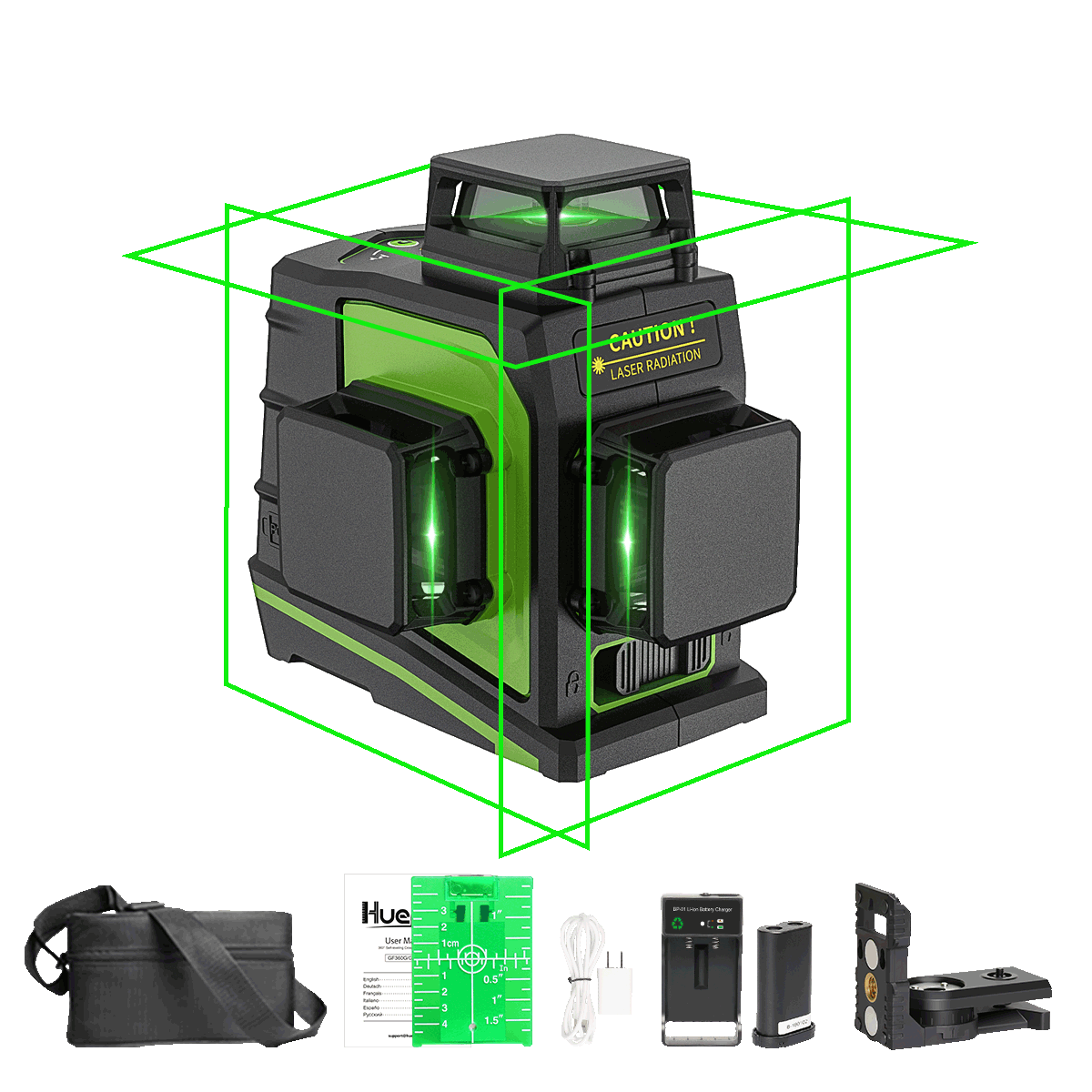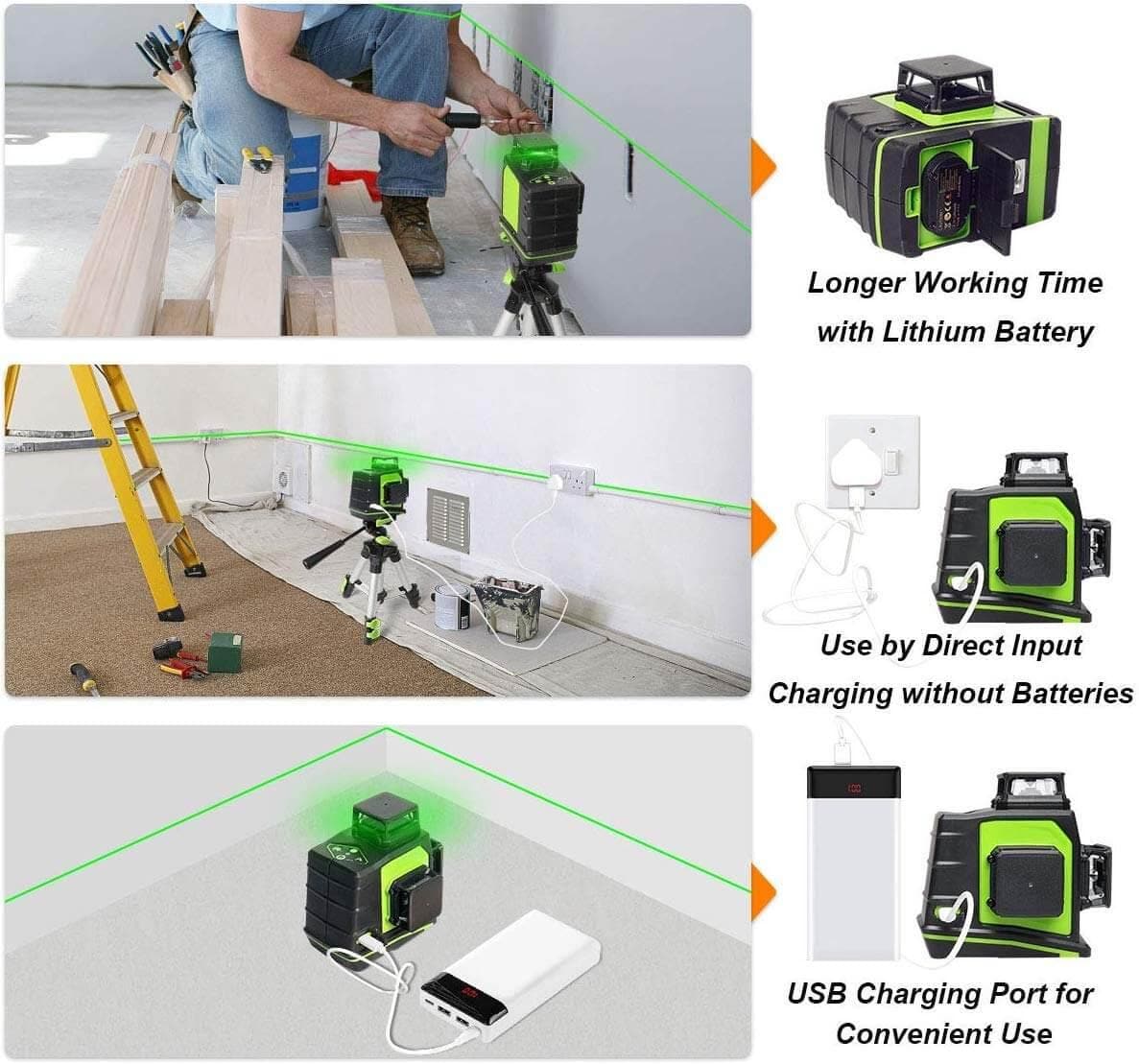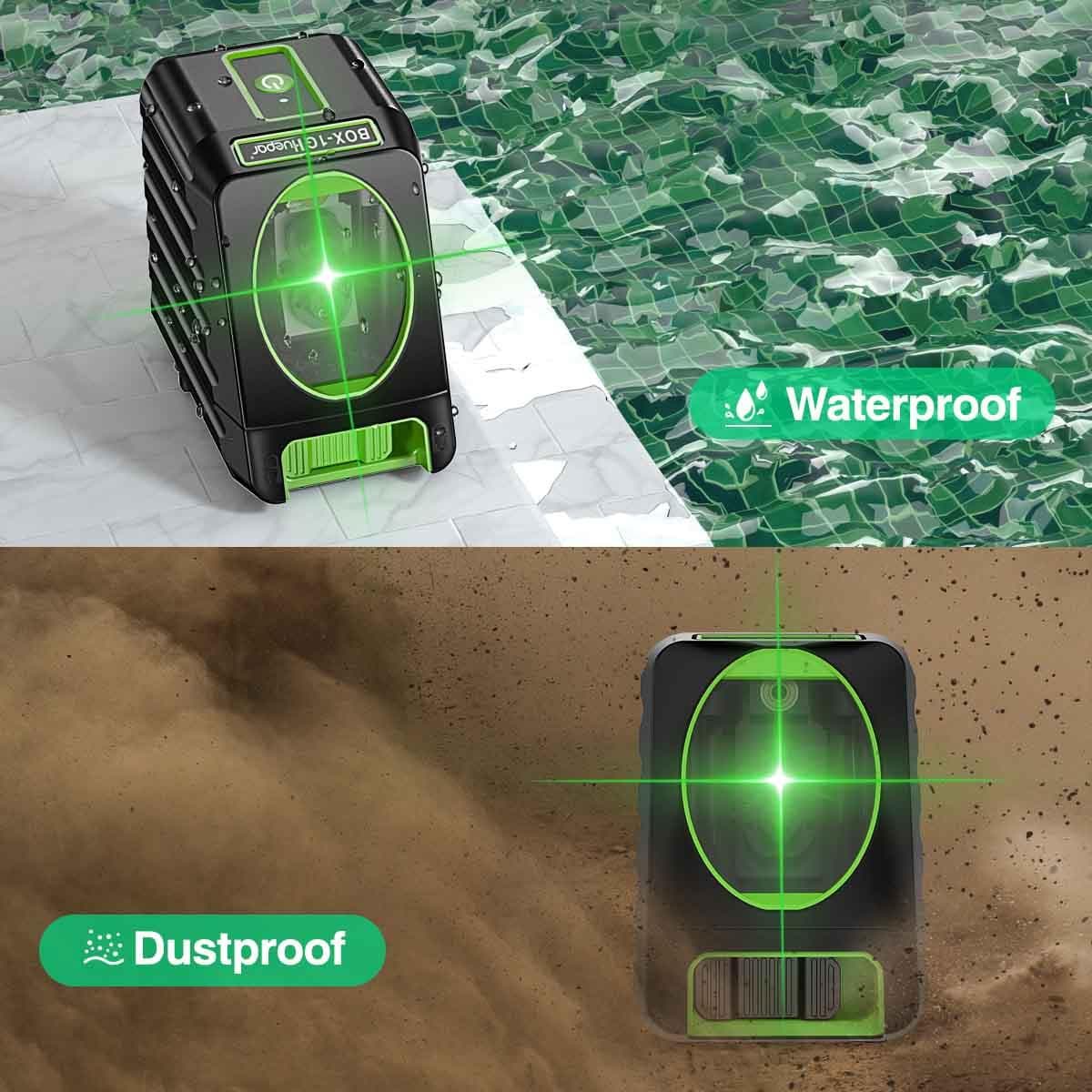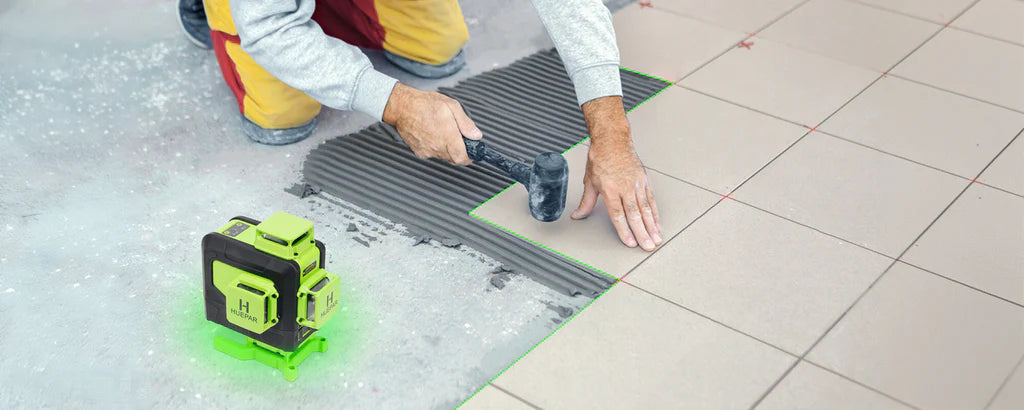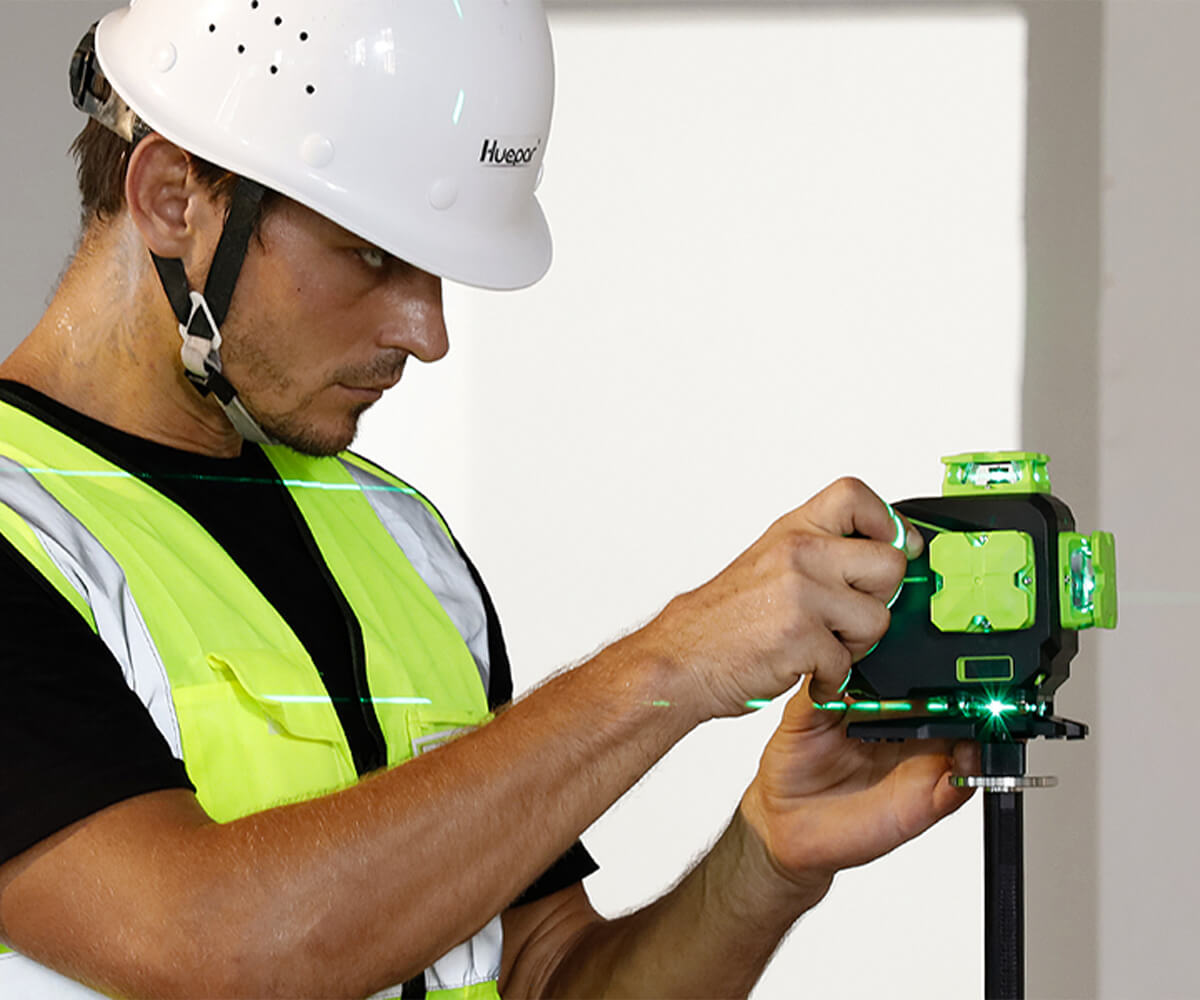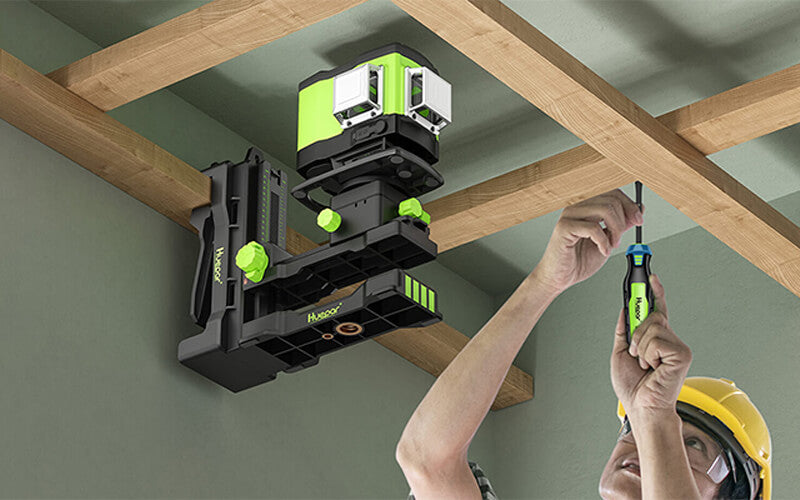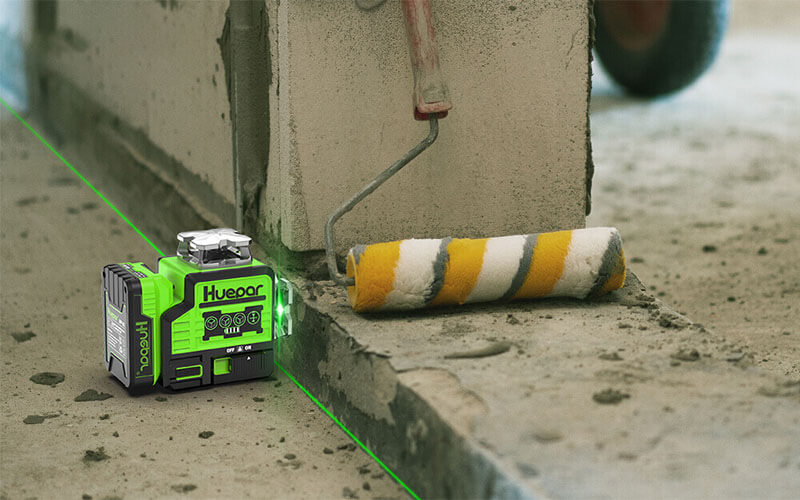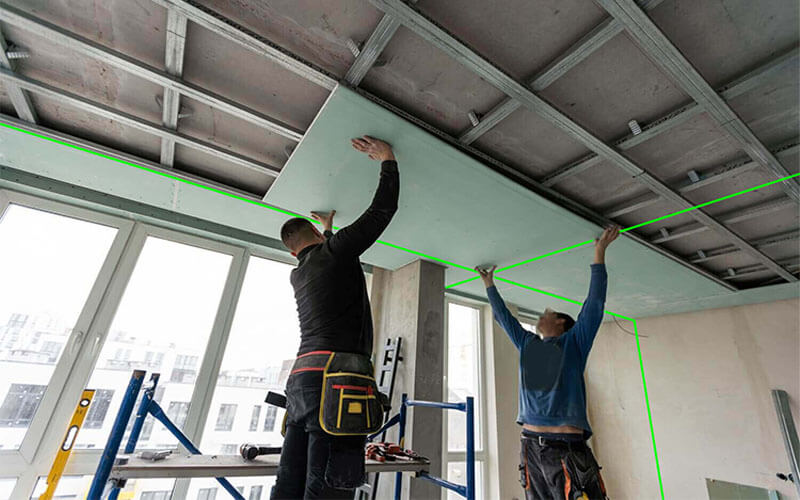
Unlocking Precision: Your Ultimate Guide to 3D Laser Levels
Understanding Laser Levels: Types and Technologies
What are 3D Laser Levels?
3d laser levels are advanced tools that create visible lines on surfaces. These lines show 'plumb' and 'level' in a space. Such levels beam out one or more lines. The lines form 360-degree planes. This helps users see and mark alignments around a room. They work well for indoor and outdoor tasks. You can use one tool for several angles. This makes them popular in construction and home projects. They offer better accuracy over traditional levels.

Cross Line vs. 3D Laser Levels: What's the Difference?
Cross line and 3d laser levels are both used for precision tasks. Cross line lasers project two lines: one vertical and one horizontal. They help in aligning tiles or cabinetry. But, 3D laser levels offer more. They cast lines along three planes: X, Y, and Z. This means you can map a room in all dimensions. It's great for more complex jobs like full room layouts or pipe work. The main difference? 3D lasers give a fuller picture.
The Emergence of 4D Laser Levels and Their Advantages
The latest in laser level tech is the 4D laser level. Unlike 3D models, 4D levels can project lines that include the up and down dimensions. This gives you a full-room layout. The benefits are clear: With 4D tech, aligning at any angle becomes easier. You save time with faster setup and more accurate work. One more plus is that built-in batteries often last longer. These levels are great for complex tasks where precision matters most.
Choosing the Right 3D Laser Level for Your Project
Key Features to Consider When Selecting a 3D Laser Level
Selecting the right 3D laser level involves careful consideration of several key features.
- Beam Visibility: Check how bright and clear the laser lines are; especially in daylight.
- Self-Leveling Capability: Ensure the device can auto-level for ease of use and accuracy.
- Battery Life: Look for long-lasting battery power for uninterrupted work.
- Durability: A robust design will endure rough job site conditions.
- Mounting Options: Versatile mounts and brackets allow for various setup scenarios.
- Range and Precision: Verify the working range fits your projects, along with the level of precision.
- Additional Features: Consider extras like Bluetooth connectivity or remote control functions.
Each feature will impact the performance and utility of the 3D laser level for your specific projects. Choose wisely for the best results.
The Importance of Accuracy and Precision in 3D Leveling
Accuracy and precision are vital in any leveling task. They dictate the quality of your work. For 3d laser levels, this is even more critical. With 3D models, small errors can lead to big issues. So, it's crucial to pick a laser level that guarantees pinpoint precision. High-accuracy levels ensure measurements are spot-on. This affects laying foundations, installing cabinets, or aligning structures. Look for a 3D laser level with a fine-tuning mechanism. It should also have a reliable self-leveling feature. This will help achieve the best outcomes for your projects.
Comparing Top Brands and Models for Best Performance
When picking the best 3D laser level, brand and model choice is key. You want a tool that offers the top blend of features, reliability, and value. Here's a simple look at some top picks:
- DeWalt: Known for rugged tools, DeWalt's laser levels offer great durability and accuracy.
- Bosch: They combine user-friendliness with innovative tech for efficiency.
- Spectra Precision: A go-to for pros needing long-range and high-precision.
- Huepar: Offers affordable options with decent features for DIYers.
Compare things like beam visibility, battery life, and warranty. These factors can make or break your leveling project. Choose wisely!
Practical Applications and User Tips
How to Set Up and Use a 3D Laser Level Effectively
- Place on Stable Surface: First, find a flat and stable surface to place the 3D laser level.
- Calibrate the Level: Check the device’s calibration to ensure accuracy before starting.
- Turn It On: Power up the laser level. Some models will self-level, others will need manual adjustment.
- Adjust Laser Lines: Rotate the level to project laser lines where needed.
- Lock the Level: If the level has a locking mechanism, use it to keep the set positions.
- Test Accuracy: Make marks along the laser lines and measure to verify precision.
- Work with the Lines: Using the projected lines as guides, you can now work with confidence.
- Turn Off and Store: After use, turn off the device, and store it safely to protect from damage.
Common Projects That Benefit from 3D Laser Levels
3d laser levels can enhance many common projects such as:
- Installing Cabinets: Ensuring your cabinets are level and correctly aligned.
- Laying Tiles: Creating a perfectly level base for tile work on floors or walls.
- Hanging Wallpaper: Helping achieve straight lines, avoiding skewed patterns.
- Building Decks: Confirming the flatness and proper angle of deck structures.
- Aligning Windows and Doors: Making sure they're plumb and even.
- Framing Walls: Assisting in the construction of straight and square walls.
These tools aid precision, making these tasks quicker and easier.
Maintenance and Safety Guidelines for Long-Term Use
To ensure your 3D laser level lasts long and remains safe, follow these tips:
- Regularly clean the device, especially the laser emitter. Use a soft, dry cloth to avoid scratches.
- Check for and follow manufacturer's instructions on battery care. Replace them as needed to prevent power issues.
- Store the laser level in a padded case when not in use to protect it from drops and dust.
- Never point the laser directly at eyes to prevent harm.
- Inspect the laser level before each use for any damage or misalignment.
- Avoid using the laser level in wet conditions unless it's rated as waterproof.
- Handle with care. Dropping or jarring the level can misalign the lasers.
- Periodically recalibrate the device according to the manufacturer's guidelines to maintain accuracy.
These simple steps can extend the life of your tool and keep it accurate for future projects.


